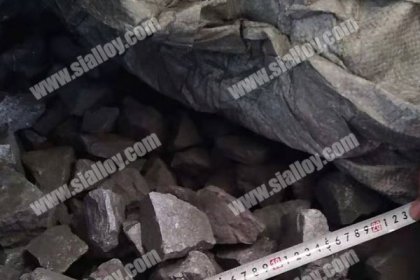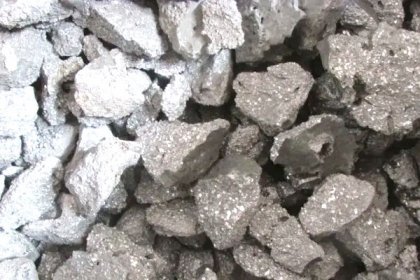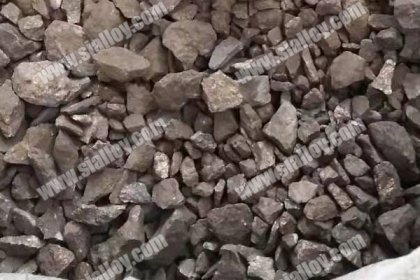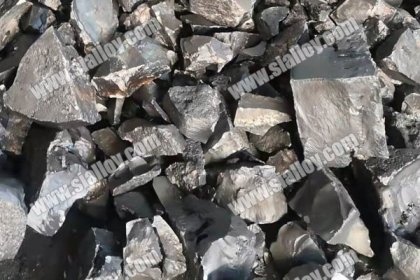effect of carbonizer particle size on smelting
The carbonizer needs a specific particle size during use. Different smelting furnaces require different particles for the carbonizer, and different quality carbonizers also have different particle sizes when they are used. What is the effect of carbon particle size on smelting?
.jpg)
1. Small particle size, fast dissolution and large loss. Large particle size, slow dissolution and low loss. The choice of the size of the carburizer is related to the diameter and capacity of the furnace table.
2. Poor absorption due to uneven particle size distribution. The particle size of the carburizer is within a range, so the particle size of the carburizer is required to be uniform.
3. At different temperatures in the smelting process, the absorption of different sizes of carburant is different.
4. The lower the initial temperature is, the worse the absorption is. Add a small particle size carbon enhancer. When the temperature is high, the carburant with increased particle size must consider the oxidation time.
5. The stirring period is long, exacerbating C loss.
6. Prematurely added, the carburant is not easy to dissolve into the molten iron. Too late to join, when the carbon increase is lost, resulting in a slow period of smelting and heating.
7. Under a specific C fullness, the more the amount added, the longer the dissolution and diffusion time, the greater the loss, and the lower the absorption rate.
The substances commonly used to increase carbon mainly include anthracite powder, carbon-enriched pig iron, electrode powder, petroleum coke powder, asphalt powder, charcoal powder and coke powder. The requirements for the carburizer are that the higher the fixed carbon, the better, and the lower the content of harmful impurities such as ash, volatiles and sulfur, the better, so as not to pollute the molten iron.
The smelting of castings uses a high-quality carburant after the high-temperature roasting of petroleum coke with few impurities, which is the most important link in the carburization process. The quality of the carburizer determines the quality of the molten iron, and also determines whether a good graphitization effect can be obtained. In short, the carburizing agent for reducing the shrinkage of molten iron plays a decisive role.
When smelting an all-scrap electric furnace, it is preferred to use a carbonizing agent that has been graphitized. The carbon atoms of the carbonizing agent that has been graphitized can be changed from the original disordered arrangement to the flake arrangement. The best core is to help promote graphitization. Therefore, we should choose a carburizer that has undergone high-temperature graphitization. Because the sulfur content is generated by the SO2 gas overflowing during the high-temperature graphitization treatment and is reduced. Therefore, the high-quality carburant contains very low sulfur content, W (s) is less than 0.05%, and the best W (s) is less than 0.03%. At the same time, this is also a concise indicator for judging whether high-temperature graphitization is performed and whether graphitization is good. If the selected carburizing agent is not subjected to high-temperature graphitization, the nucleation ability of graphite is greatly reduced, and the graphitization ability is weakened. Even if the same amount of carbon can be reached, the results are completely different.
 中文
中文




